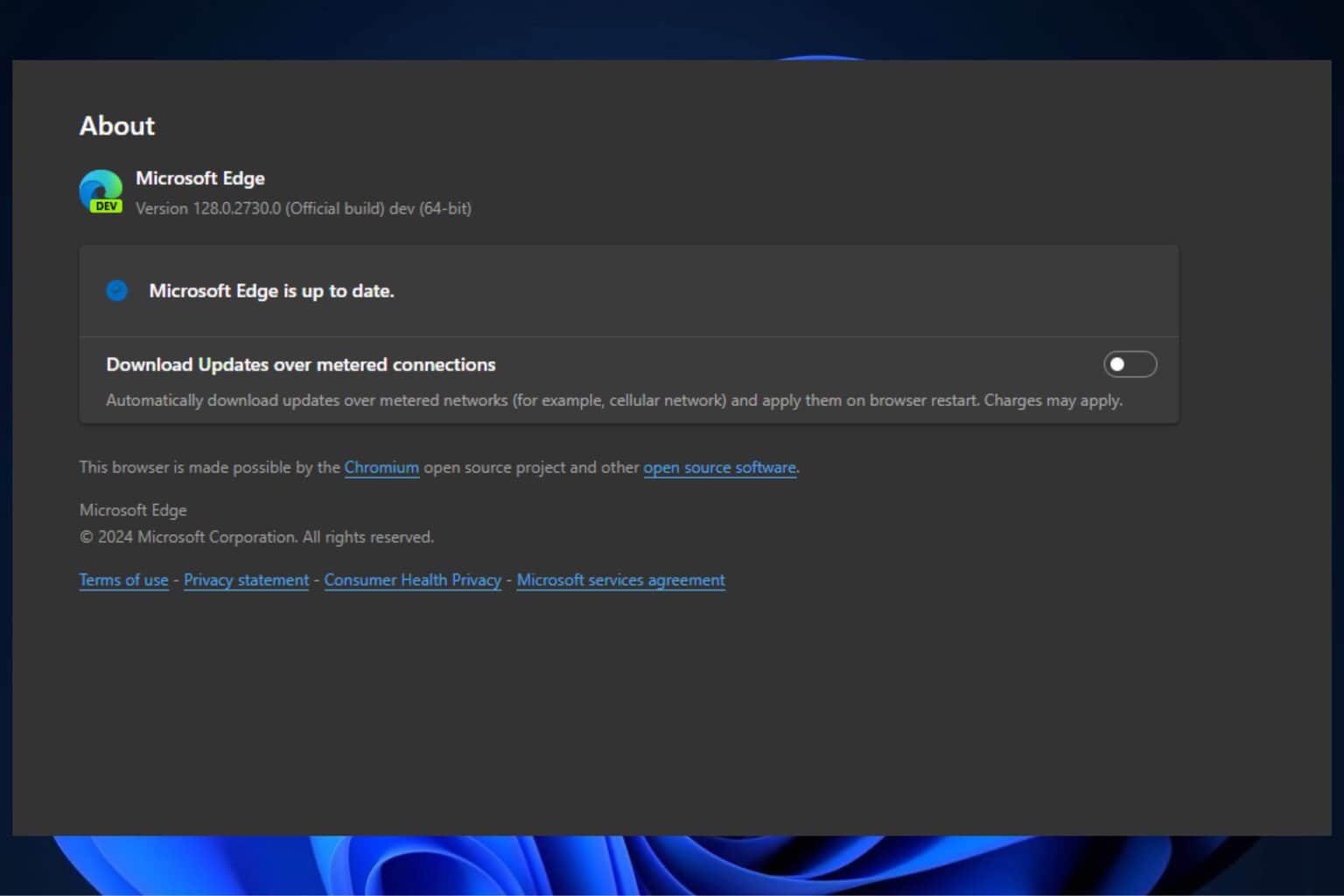Microsoft Fixes 'The Profile for the User is a Temporary Profile' Error
2 min. read
Updated on
Read our disclosure page to find out how can you help Windows Report sustain the editorial team Read more

We’ve been reporting here at Wind8Apps about a bunch of recent updates that have been released by Microsoft for Windows 8 users, and also for Windows 7 to fix their problems. Now we’re covering the ‘the profile for the user is a temporary profile” error when you install a MSI package in Windows.

“The profile for the user is a temporary profile” is an issue after you install update KB 2918614 in Windows 8.1, Windows Server 2012 R2, Windows RT 8.1, Windows 8, Windows Server 2012, Windows RT, Windows 7, or Windows Server 2008 R2. Here’s how the problem has been described by Microsoft on the official page:
READ MORE: Why Windows 10 Needs to be Free for Windows 8, 8.1
Assume that you install update 2918614 on a computer that is running Windows 8.1, Windows Server 2012 R2, Windows RT 8.1, Windows 8, Windows Server 2012, Windows RT, Windows 7, or Windows Server 2008 R2. When you try to install any MSI package that uses a mandatory or temporary user profile, the MSI package installation fails, and you receive an error message that resembles the following:
The profile for the user is a temporary profile.When this issue occurs, the MSI log will contain an error message that resembles the following:
SECREPAIR: A general error running CryptAcquireContext / Crypt Provider not initialized. Error:-2146893813
Here’s how the cause has been described:
This issue occurs because update 2918614 uses cryptographic keys and certificates for hashing the installation files together with the logged-in user profile. However, cryptographic keys and certificates cannot be used by mandatory or temporary user profiles. Therefore, when a user uses a mandatory or temporary user profile to install any MSI package, the MSI package installation fails and the error message returns.
You can choose to fix this problem by downloading the available hotfix from Microsoft’s secure servers or by following the links indicated here to get the latest KB install files that takes care of this problem. However, to install this update or hotfix, you must install update 2919355 in Windows 8.1 or Windows Server 2012 R2 prior to getting and Service Pack 1 for Windows 7 or Windows Server 2008 R2.
READ ALSO: Fix Error Code ‘0x80073cf9′ in Windows 8, Windows 10








